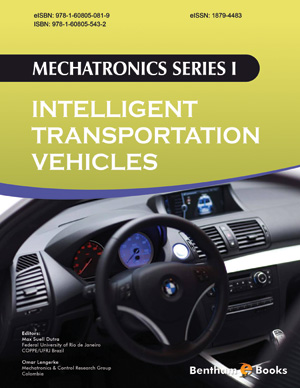Abstract
Because of increased awareness regarding environmental protection and
decreased cost of electric vehicle (EV) batteries, the market share of EVs has gradually
increased. EVs can cogenerate power with a traditional centralized power generation
system. A bidirectional wireless power transfer battery charging system (BWPTBCS)
in an EV is a distributed energy storage system that acts as a virtual power plant. This
virtual power plant instantly complies with the command of an aggregator to
cogenerate energy with the traditional centralized power generation system during peak
demand hours. Because energy storage systems respond quickly to the load, the
spinning reserve of the traditional centralized power generation system is reduced.
Moreover, energy storage systems distribute power over a city and near the load, which
can reduce the energy transmission distance from the traditional centralized power
generation system and increase the energy transmission efficiency. Therefore, an EV
with a BWPTBCS is beneficial for consumers, the traditional centralized power
generation system, and owners. This chapter proposes an adaptive-compensation-based
magnetic induction system (ACMIS) for BWPTBCSs. The proposed ACMIS is based
on zero-voltage switching, transmits power from a single-end inverter of a
Parallel–Parallel (PP) type compensated network, and automatically adjusts the
impedance of an inductor–capacitor tank to that of a matching network. The ACMIS
efficiently transmits power wirelessly under a varying air gap and in the case of
misalignment between two power pads.
Keywords: Adaptive-compensation-based magnetic induction system (ACMIS), Aggregator, Bidirectional wireless power transfer battery charging system (BWPTBCS), Distributed energy storage system, Impedance matching network, Single-end inverter, Spinning reserve, Virtual power plant, Zero-voltage switching (ZVS).

















